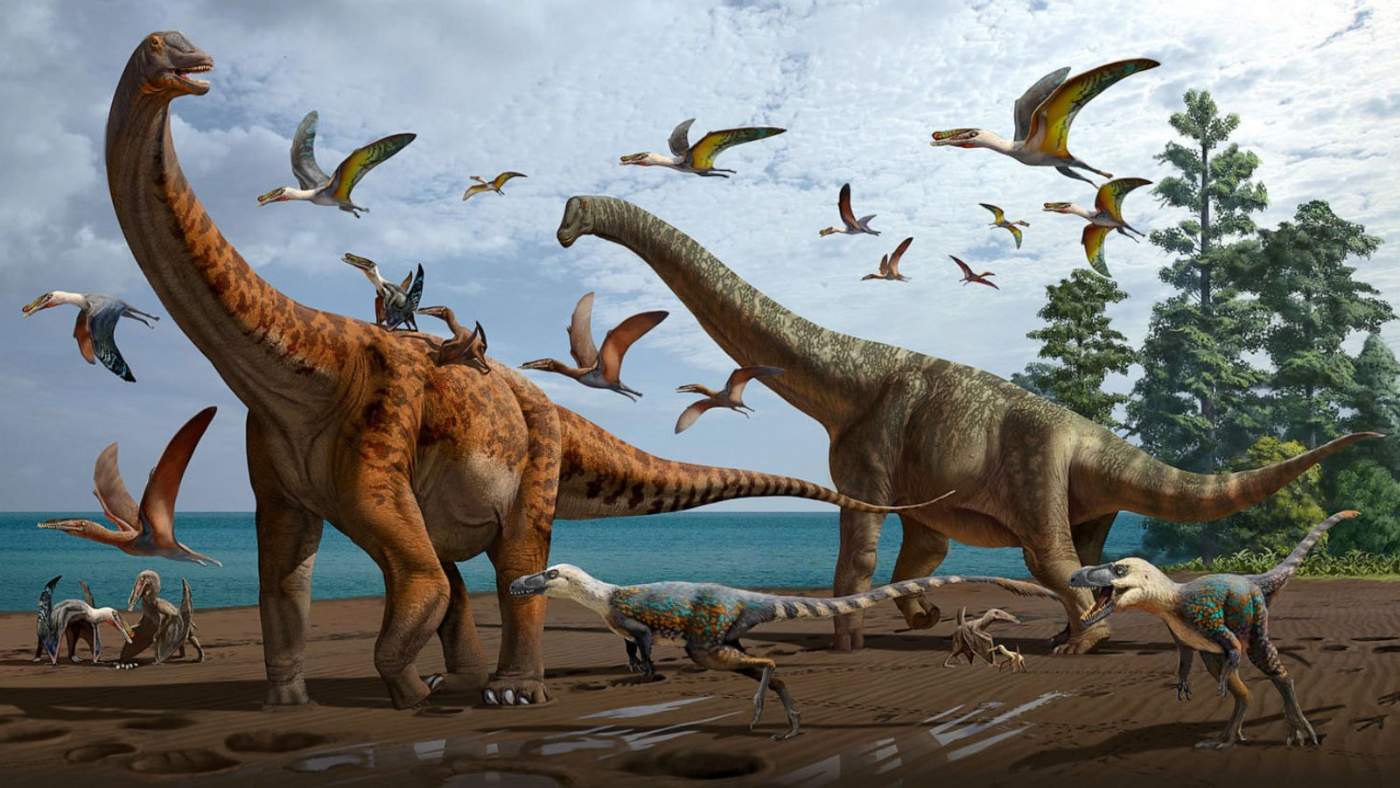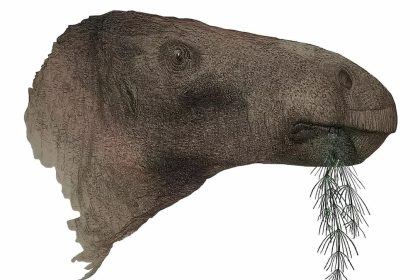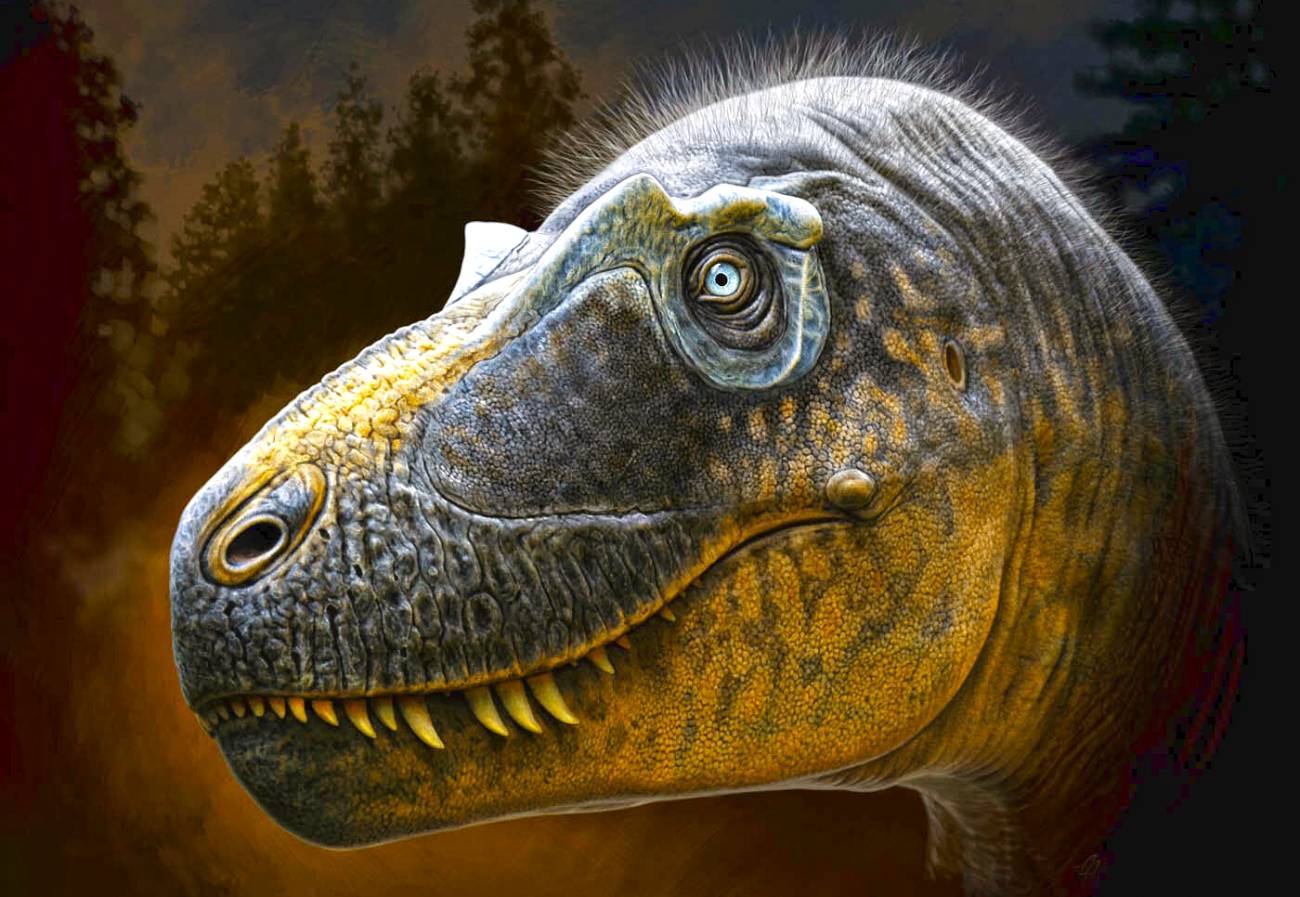The sauropods were the biggest terrestrial creatures ever. The massive long-necked beasts could reach a height of five stories, a length of two buses when parked end to end, and the weight of twelve African bull elephants. What was the reason behind their massive size? Also, why hasn’t anybody come close to matching their gigantic size since they became extinct?
Early in the Jurassic Period was when sauropods first appeared (201 million to 174 million years ago). At the end of the Jurassic Period (about 164–145 million years ago), they reached their largest size and greatest diversity, the traits that they maintained throughout the Cretaceous (145–66 million years ago).
In particular, we find sauropods like Brachiosaurus and Diplodocus to be utterly enthralling. Whether it’s a plush animal in the kids’ room or an elaborate production in a movie theater. The idea that such massive creatures previously walked the Earth is incredible and almost unbelievable, like some kind of evolutionary miracle. How did these herbivorous dinosaurs become so big in the first place? What is the function of such an enormous body? And why aren’t there any gigantic beasts anymore? A trip to see the biggest animals that ever lived.
The Rise and Fall of the Sauropods
The “whale lizard” (Cetiosaurus) was the name given to the first sauropod by British naturalist Richard Owen in 1841. For a while there, he was certain it was a monstrous, marine lizard that fed on other marine organisms. However, only a few pieces were known at the time, including vertebrae and a limb. More and more sauropod skeletons have been found by paleontologists throughout the years in various locations. Over time, the discoveries helped us get a clearer image of the colossal ancient dinosaurs.
Long Neck and Legs Like Pillars
The sauropods, as we now understand them, were a varied and numerous species. However, they all had the same long neck, tiny head, long tail, and massively skeletal columnar legs. And they needed them, for sauropods weighed an average of 15 to 40 tons, with individuals like Sauroposeidon or Argentinosaurus weighing even more than 70 tons.
Even the ferocious Tyrannosaurus rex only weighed eight tons, making it lightweight in comparison to sauropods. Only today’s whales are larger than the largest sauropods. Given this, the term “whale-lizard” somewhat makes sense, even if sauropods resembled an elephant and a giraffe spliced together.
The Largest of the Largest
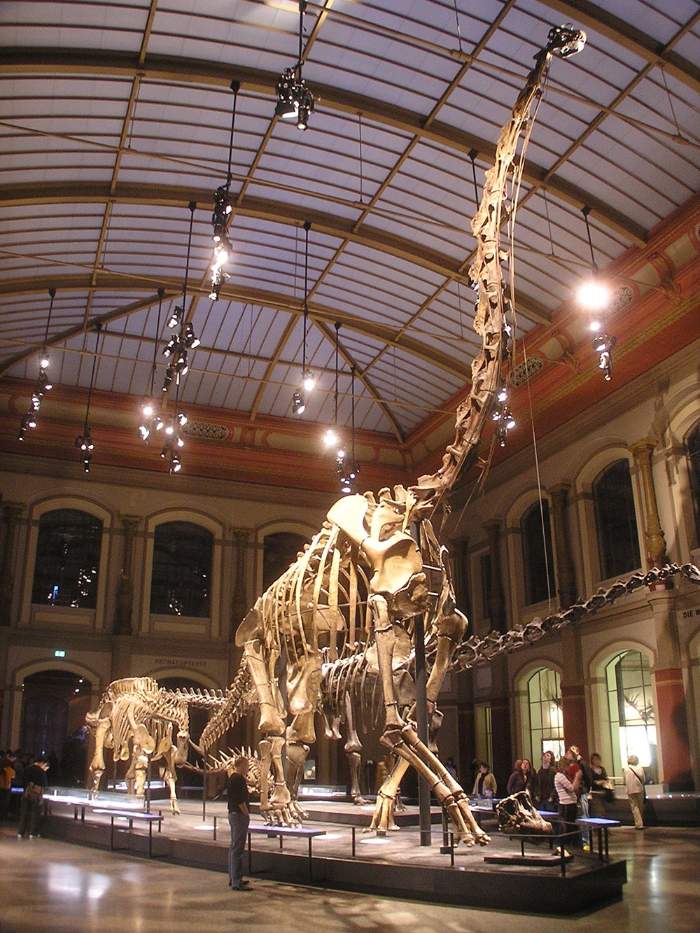
But the question of which sauropod was the biggest is not easily answered. Brachiosaurus brancai, now known as Giraffatitan brancai, is a gigantic sauropod on display in Berlin’s Natural History Museum. The total height of this dinosaur skeleton mount is 13.27 meters, making it the world’s highest sauropod skeleton. The total weight is believed to be 38 tons.
However, dinosaurs have had to contend with South American bone findings for a while now. First came the 65-75 ton Argentinosaurus, then the Dreadnoughtus schrani, found in Patagonia, and in 2014, the Patagotitan mayorum. One of the most complete sauropod skeletons ever discovered belonged to this Late Cretaceous-era dinosaur. On exhibit at New York’s American Museum of Natural History is a 37-meter-long replica of the creature. The dinosaur is now so long that its head protrudes through the gallery’s doorway.
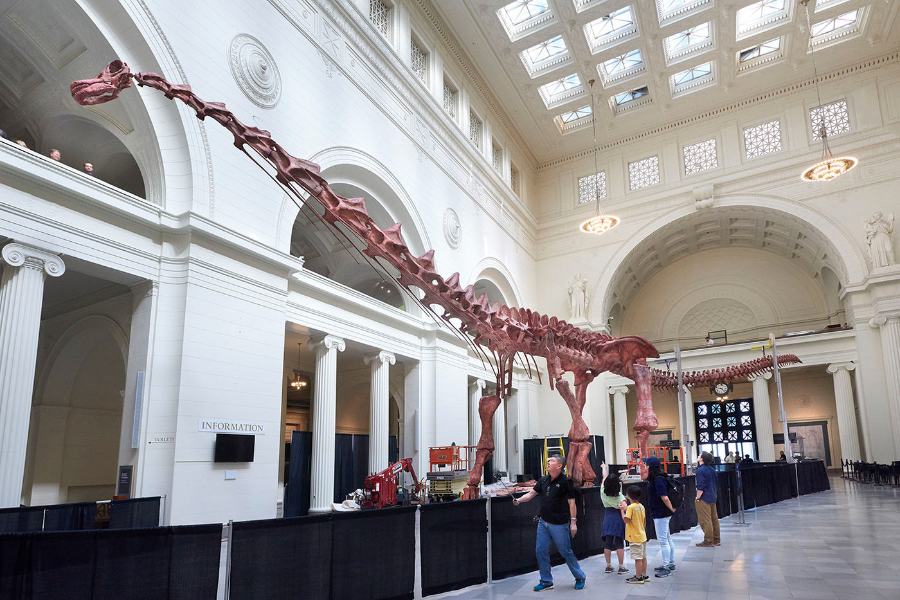
Australia added another big to the list in 2021 when the titanosaur Australotitan was found there. That puts it in the company of some of the world’s 15 biggest dinosaurs.
Miniature forebears
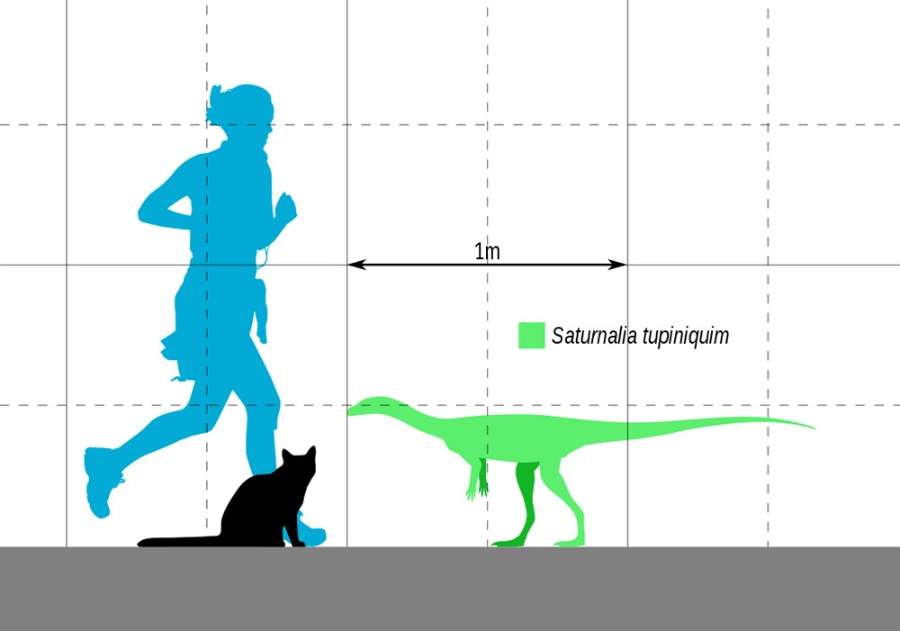
However, even the biggest stars have to begin somewhere. During the first of three periods of dinosaur history, which began around 210 million years ago, the progenitors of the sauropods first emerged. Saturnalia and Panphagia were both dwarfed by comparison, weighing in at barely 10 kilos (22 pounds). Their offspring would be 9,000 times heavier. However, sauropods dominate not just the weight category, but also the length and breadth ones.
The sauropods are the most diversified group of herbivorous dinosaurs, with more than 120 recognized genera. They also have the longest lifespans. The long-necked dinosaurs were the only ones to survive the three periods of dinosaur dominance and the subsequent mass extinction that occurred at the end of the Cretaceous. The sauropods were found on every continent except Antarctica.
Great Variety Despite Great Similarity
It should come as no surprise that, despite superficial similarities, the creatures belonged to a wide range of taxonomic families due to their extensive evolutionary history and the sheer number of different species that existed. When the supercontinent Pangaea began to break apart, regional sauropod varieties could once again begin to emerge, leading to a surge in variety.
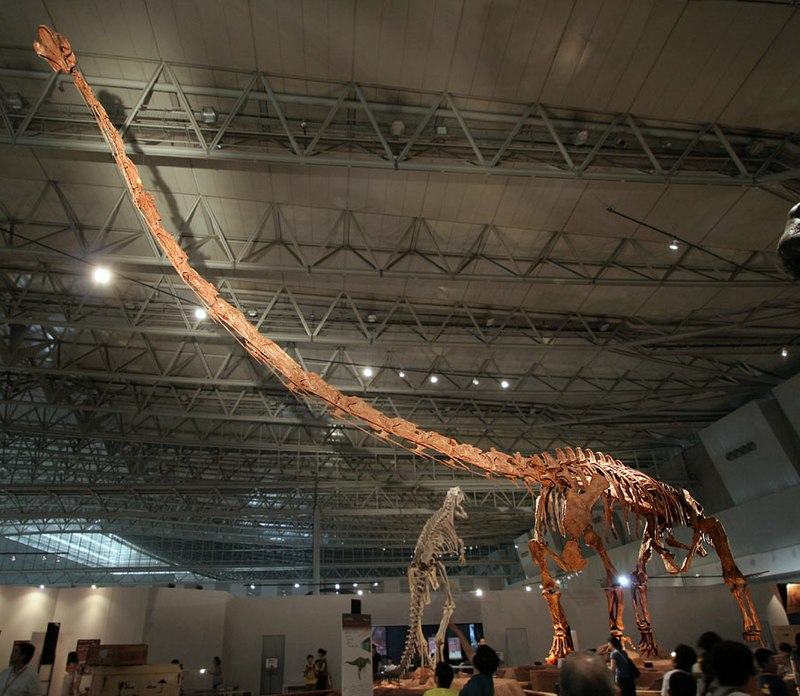
One such family was the Mamenchisauridae which lived throughout East Asia. There were as many as 19 cervical vertebrae in their necks, making them the longest of any sauropods in relation to their size. Humans, on the other hand, have a meager seven.
There are two main groups of sauropods, the Diplodocoidea and the Macronaria. Diplodocoidea are characterized by a long, flat skull and pencil-like teeth. Their long, whip-like tail is another distinguishing feature. The Diplodocus is, as the name implies, a member of this group. In contrast, Macronaria has large, elongated heads and spoon-shaped teeth. Furthermore, they have a more robust build. The Brachiosaurus and the Giraffatitan were examples of their kind.
Why Were Sauropods So Big?
If you’re wondering why sauropods became so big, the explanation is straightforward: Because they could. Giant size in this family of dinosaurs was made feasible by a special set of characteristics that were already present in the little forebears. They had the ability to expand greatly, so they did. The benefits of being larger were worth considering.

Theory 1: Protected From Danger
Adult sauropods were safe from predators because of their enormous size. Judging by human standards, predatory dinosaurs were enormous, but mature sauropods dwarfed them. Predatory dinosaurs probably merely scraped a sauropod’s skin when they attacked because of the enormous size disparity between them. There is a debate whether or not the herbivorous giants’ large bulk protected them from predators.
In addition to their massive size, the long necks of sauropods provided them with benefits when it came to eating. Dinosaurs with long, upright necks had unprecedented access to low-lying vegetation and vegetation-based dietary sources. Those with horizontal necks could graze a broad area efficiently without moving around too much because of the tremendous reach.
Theory 2: The Enormous Growth Was Unrelated to the Surrounding Environment
So why did sauropods grow to be so massive to begin with? Long ago, blame was placed on external causes. Some researchers have hypothesized that the higher levels of carbon dioxide in the atmosphere during the time of the dinosaurs may have encouraged plant life to engage in more vigorous photosynthesis. As a result, dinosaurs that consumed them would have grown enormously as a result of the increased nutritional content.
Alternatively, the gigantic size of the sauropods was thought to have been caused by the scale of the surrounding environment, such as the extent of the continent. Some researchers believe that the sauropods’ growth was not affected by environmental elements like climate or topography. Instead, their biological makeup might have accounted for their extraordinary size.
Theory 3: Chewers Tend to Remain Small
The fact that sauropods did not use their jaws to chew food played a pivotal role in this propensity. This trait was handed down from ancient forebears who too probably gulped their meals down whole. Despite initial impressions, the inability of sauropods to chew their food was an important evolutionary step that paved the way for their massive size.
They didn’t have to develop masticatory muscles in their skulls or extensive rows of teeth since they didn’t chew food. Because of this, the sauropods could keep their skulls relatively modest in size. In turn, the evolution of a long neck required a smaller head. This long neck also helped sauropods get the upper hand over competing herbivores. They became bigger than other herbivorous dinosaurs because they could ingest more energy from their surroundings by grazing food from trees and eating on the ground in a wider area.
The evolution of a long neck required a smaller head.
The sauropods digested the undigested plant matter by keeping it in their large digestive tracts for extended periods of time, where it rotted away, probably with the help of intestinal microorganisms. Older theories said that animals ingested stones on purpose to aid the digestion of their meal in the stomach. This stomach mill theory, however, has been disproven in recent years.
Theory 4: Uniquely Lightweight Design
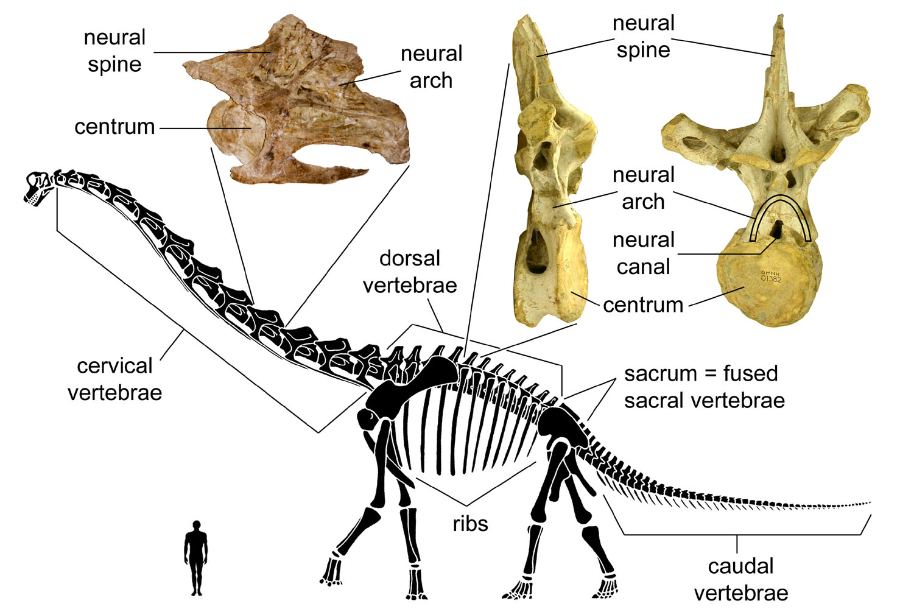
The absence of chewing launched an evolutionary cascade, but it needs one more piece to be complete. Although a longer neck would help with eating, it couldn’t be too heavy. The sauropods have two strategies for dealing with this issue. Their “holey” bone structure allowed for very lightweight neck and trunk vertebrae. However, sauropods, like modern-day birds, possessed a clever system of air sacs that lightened their necks and bodies.
It is because of these chambers that sauropod vertebrae are so hollow. These spaces, which in “normal” bones would have housed marrow, were filled with air in the long necks. Both the bodily cavity and the lungs were mostly taken up by their air sacs. This modification was inherited from the earliest dinosaurs.
Why Hasn’t Any Terrestrial Creature Reached the Size of Sauropods?
Even after the extinction of the sauropods, large creatures persisted and do so today. But their gigantic sizes still remain unmatched. Why? The sauropods’ combination of a lack of a chewing device, air sacs like those of birds, a high basal metabolic rate and growth rate, and the capacity to lay hundreds of eggs allowed them to reach sizes previously thought impossible for any other group of animals. Animals lacking this specific mix of traits are physically constrained in terms of their potential growth.
Representatives of other dinosaur families suffered the same way. Even big animals like the nine-meter-long and up to seven-ton Triceratops could not keep up with the massive expansion of the sauropods. One limiting aspect was their excessive chewing, which effectively capped their growth. Having a long neck, which seems to be necessary for enormous growth, is impossible if rows of teeth and chewing muscles take up a lot of room in the head.
In spite of their reputation, even carnivorous dinosaurs like the Tyrannosaurus had size constraints. It’s more likely that this occurred because they walked on two legs instead of four, making it impossible for them to lug about as much weight as their four-legged cousins.
No Similarly-Sized Heir
However, what about the birds that are the direct descendants of the dinosaurs? From the outside, they seem to have some of the characteristics of giants: They have a branching network of air sacs for breathing, don’t chew, and lay eggs. Indeed, huge birds existed and still exist now. Take the contemporary ostrich and the extinct terror birds (both of which could reach heights of three meters) as examples. However, when compared to their forebears, these birds seem like little versions with feathers.
The absence of gigantic height in birds, comparable to predatory dinosaurs, is firstly related to their bipedal nature and the fact that the muscles of their legs are structured differently from those of their forebears. They couldn’t handle any more of it.
As an additional point, birds may use eggs, but their brood care is far more involved than that of the sauropods. Birds lay eggs and tend to their offspring after they hatch. As a result, they devote a great deal of resources to raising young, resources that are subsequently diverted away from development.
Modern reptiles like turtles and crocodiles use a similar approach to reproduction as sauropods did, but their low metabolic rate prevents them from growing to the same enormous proportions.
The sluggish growth rate of the cold-blooded reptiles makes it impossible for them to keep up with the likes of the giants. The extinct Australian giant monitor Megalania, which could grow to a length of five meters, was among the biggest reptiles.
Mammals Are Confined by Their Teeth and Ability to Reproduce
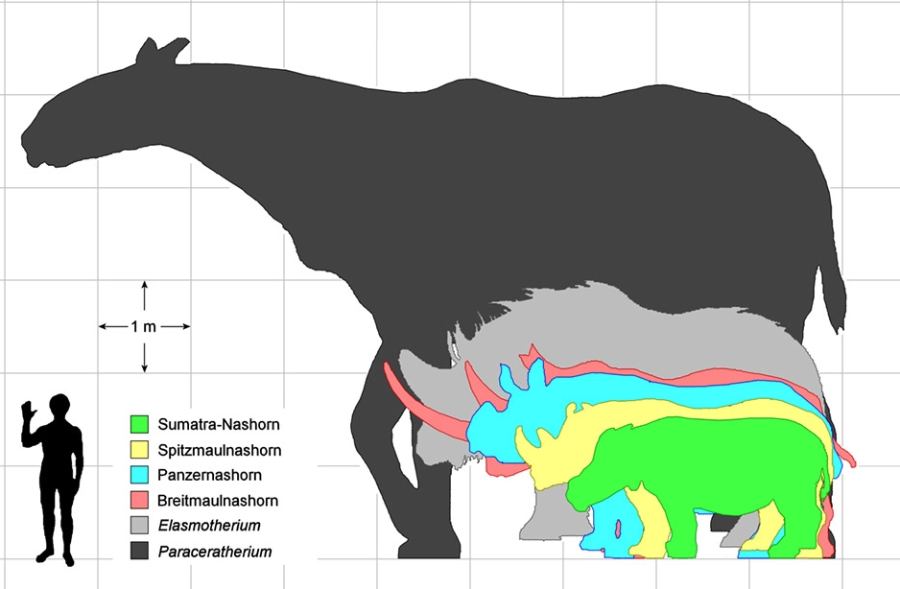
Furthermore, modern mammals will never reach the size of the largest sauropods. Due to the complexity of their chewing equipment and the need for a sturdy frame, their heads are too big and heavy to be supported by a lengthy neck. To the same extent, giraffes fall into this category since their necks are rather short when compared to those of sauropods.
They also have a limit on mammal size because of their reproductive methods. The first difference is that the babies aren’t hatched from eggs, and the second is that the parents lavish attention on their kids from the start. Mammals, like birds, “lose” energy while reproducing, limiting the number of offspring they can care for at one time. Because of this, large animals that use this method of reproduction are very vulnerable to changes in their environment or to population declines. Mammals’ fast growth and high metabolic rate are not enough to make up for this shortcoming.
The ancient mammalian genus Paraceratherium displayed the greatest gigantic growth of any animal before becoming extinct 20 million years ago. The species, which existed at the time in Eurasia and belonged to the rhinoceros family despite looking more like an elephant with a long neck, measured eight meters in length and weighed 15 to 20 tons.
Unrivaled Titans
The existence of enormous mammalian species like Paraceratherium, elephants, and giraffes demonstrates that huge mammals are actually possible. They are still considered to be of average size among all animal groups. The biggest reptiles and birds are smaller than the largest mammals, which are smaller than the largest predatory dinosaurs, and avian dinosaurs, which are smaller than the largest sauropods.
Since the demise of their Cretaceous contemporaries, sauropods were practically unchallenged as the top heavyweights. They were able to grow to mythical proportions because of a rare and fortunate confluence of factors. Their enormous legacy is still the subject of study and wonder.
The Special Life Cycle of Sauropods
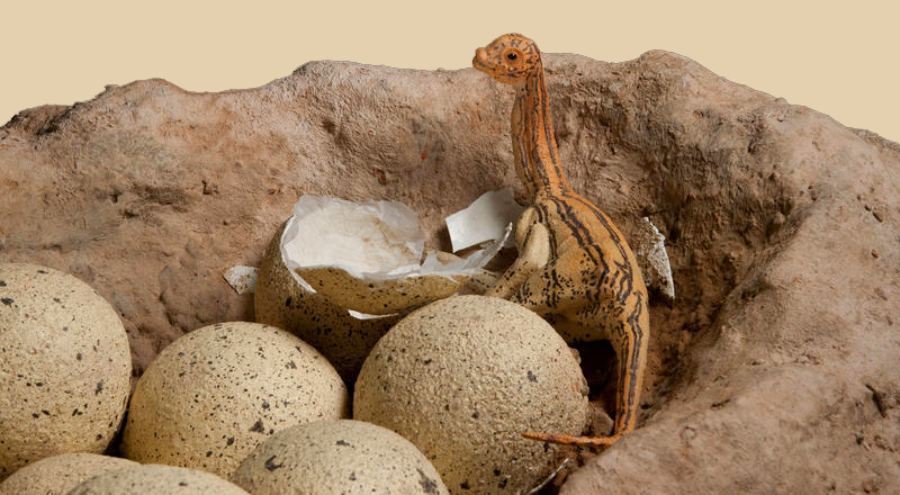
It’s easy to forget that these massive creatures started out as tiny eggs while perusing skeleton reconstructions like those seen in Berlin and New York’s natural history museums. However, the sauropod mother gave her young a rough start by laying an enormous clutch of eggs, maybe covering them with plant material, and then abandoning them to whatever destiny was in store. Consistent with modern marine turtles. In addition to the hatchlings’ quick growth, this method contributed to their eventual size.
Progeny in the Face of Extinction
A single female large sauropod could produce up to 400 eggs a year. In spite of this, many youngsters were killed by predators. Those that made it generally didn’t start mating until they were in their twenties or thirties. The sauropods might have mitigated this threat to their survival by laying an abundance of eggs. Populations that had been severely reduced may have recovered swiftly if more animals had been made available.
Further, if sauropods underwent a series of body size transitions before reaching their final, enormous form, these changes in size were likely tied to shifts in the environments in which they lived. It’s likely that adult sauropods called the huge steppe home, but it’s possible that younger ones lurked in the woods’ underbrush for a while longer. As a result of their age-related niche employment, paleontologists believe sauropods were resilient in the face of natural disasters like drought and fire. Overall species survival might have been assured in the face of shifting environmental circumstances.
Maximum Size at the Earliest Opportunity
However, there were several traps to watch out for in the early stages of sauropod life. After all, the only way for sauropods to be safe from predators despite their massive size was to get to them as rapidly as possible. Young animals, however, had to focus on doing nothing but expanding their bodies. Bone studies suggest that sauropods had rapid growth during their early adulthood. They put on between one and two tons of weight annually, most likely closer to 500 kg.
And there have been estimations of far higher masses. When sauropods finally reached sexual maturity around the age of twenty, growth slowed down and began increasing in predictable bursts rather than at a steady rate. For the sauropods, adulthood likely lasted fewer than 40 years. Such expansion requires a high metabolic rate and a high basal metabolic rate.
Resting energy expenditures, including those for breathing, digestion, blood circulation, and temperature control, are characterized by the term “basal metabolic rate.” Growth rates are inversely related to basal metabolic rates, hence, a low BMR is linked with delayed growth.
Insular Dwarfism

On the other hand, not every sauropod was in a rush to reach adult size. Others had their growth rates drastically cut, leaving them quite diminutive. One example is Europasaurus, a little dinosaur that measured about six meters in length and weighed 800 kilograms. Magyarosaurus was the same way. And there was island dwarfism (insular dwarfism) in both species.
The Europasaurus inhabited an island in the area of the present-day Lower Saxon basin around 150 million years ago. Their gigantic forefathers traveled there for reasons that are still a mystery. It’s possible that the island’s dinosaurs became isolated because of increasing sea levels.
The Europasaurus inhabited an island in the area of the present-day Lower Saxon basin around 150 million years ago. Their gigantic forefathers traveled there for reasons that are still a mystery. Maybe the island and the sauropods that lived there were more isolated from the mainland as sea levels rose. After decades of adjusting to the island’s scarcity of food and water, the island’s native fauna has shrunk significantly.
How Could Sauropods Function in Such a Huge Body?
To the British paleontologist Richard Owen, the idea that such a massive animal could have lived on land seemed so far-fetched that he originally mistook the first sauropod as a marine species. The skepticism remained constant. Life reconstructions of sauropods consistently placed them in swampy environments, often up to their necks in water, long after Owen’s categorization. We no longer hold this view, but back then, the fact that such huge beasts traveled on land posed a number of difficulties for their bodies.
The Problem of Having a Large Body
To begin with, these dinosaurs weighed a ton, which imposed a significant amount of stress on their skeleton and joints. The four columnar legs of a sauropod were principally responsible for distributing the weight of a body heavier than 10 African elephants. Most of its weight was carried by its hind legs, which were protected by thick cartilage caps at the joints.
Therefore, the number of vertebrae in this location increased over time to provide more structural support. While lighter-bodied relatives of early sauropods had just three sacral vertebrae, their bigger ancestors had five or six. The pedicles of the vertebral arches were also characteristically lengthy in sauropods. This adaptation reduced pressure on the spinal column through a variety of biomechanical matters.

The sauropods also had broad, cushiony heel pads like contemporary elephants, which provided some welcome relief. Cushioning dispersed the impact, relieving stress on the phalanges. Some of the giants’ bones were hollow and light, and their respiratory systems were made out of air sacs, both of which contributed to the decrease in body mass that made it possible for them to walk upright on the ground in a huge body.
Powerful Heart Pump
The subject of blood pressure is further complicated by the upright necks of sauropods. In order for the sauropods’ blood to reach their brains, it had to be pumped 13 meters vertically. How did this happen? Several theories attempt to provide solutions to the problem. According to one theory, for instance, sauropods either had a heart that was abnormally enormous for their chests or many “regular”-sized hearts that were distributed down the length of their necks.
Queensland University of Technology’s Stephan Hughes and colleagues published their findings in 2016, suggesting the “siphon theory” is the most plausible explanation.
According to the theory, the blood circulation going downward in the neck really improves the circulation going upward. The scientists put it to the test by recreating the bloodstream of a sauropod using tubes that were 15 meters in length. Blood was pumped from the heart to the brain by arteries, while veins returned blood from the brain to the heart through other tubes.
And there was a definite mutual impact between the two tubes. An equal amount of blood flowed up the artery and down the vein.
Therefore, blood pressure and vascular resistance are the only obstacles that blood must now overcome on its way from the heart to the brain. The study team used computer simulations to conclude that sauropods equipped with the siphon effect likely had blood pressure comparable to that of modern giraffes. Even at a height of 13 meters, this would have allowed for enough blood flow to the brain.
A Second Brain
Adequate blood flow to the brain is essential for it to perform its primary function, which is to direct the actions of the whole body. There was a long-held theory that sauropods possessed a “second brain” in the sacrum. Although it was once thought to be for a larger neural canal, scientists now believe it housed a glycogen depot, much as in contemporary birds. But what it’s for is still a mystery. Furthermore, nerves connecting the spinal cord to the legs might have passed through this area.
Large herbivores presumably didn’t have a second brain but rather incredibly lengthy nerve cell processes. It is thought that the nerve cells of current blue whales measure around 30 meters in length, therefore, a similar phenomenon is seen in these animals. There is some evidence to suggest that this was the case among sauropods as well.
Fresh Air Through Bird’s Lungs
The sauropods also had to work around respiratory problems. Since air had to travel a great distance to get through the feet-long neck, ventilation was poor. By the time it reaches the lungs, the air is no longer in its fresh state. When we humans go snorkeling, we run into a very similar dilemma. The snorkel causes the trachea to be artificially elongated, which might reduce the amount of oxygen reaching the lungs. Sauropods addressed this difficulty with a bird-like respiratory apparatus.
The huge air sacs in the animals’ bodily cavities not only lowered their weight, but also enabled them to breathe effectively. As sauropod development advanced, the system of air sacs got bigger and more branching. The most advanced sauropods long ago possessed air sacs not just in the neck area, but all the way into the caudal vertebrae (the bones that make up the tails of vertebrates).
This allowed for adequate oxygen delivery to the tissues and cut down on the effort required for breathing by the sauropod.
Integrated Cooling
The air sac mechanism had another advantage: It allegedly stopped the huge animals from overheating. Once thought to be cold-blooded, it is now known that sauropods really had a warm-blooded metabolic system. However, a warm-blooded animal of this size would have serious difficulty since its metabolic functions emit an exceptionally high quantity of heat in this huge body configuration.
Overheating occurs if the animal is unable to expel this heat. Elephants of today utilize their big ears and other adaptations to avoid this. These let the animals radiate more heat into its surroundings by increasing the total body surface area.
Some researchers believe that the long necks of sauropods served a similar purpose. It’s possible that the animals’ voluminous air sacs played a crucial role in this, since their larger surface area allowed them to release more body heat during exhalation. This likely made it possible for sauropods to have a unified system for keeping cool.


